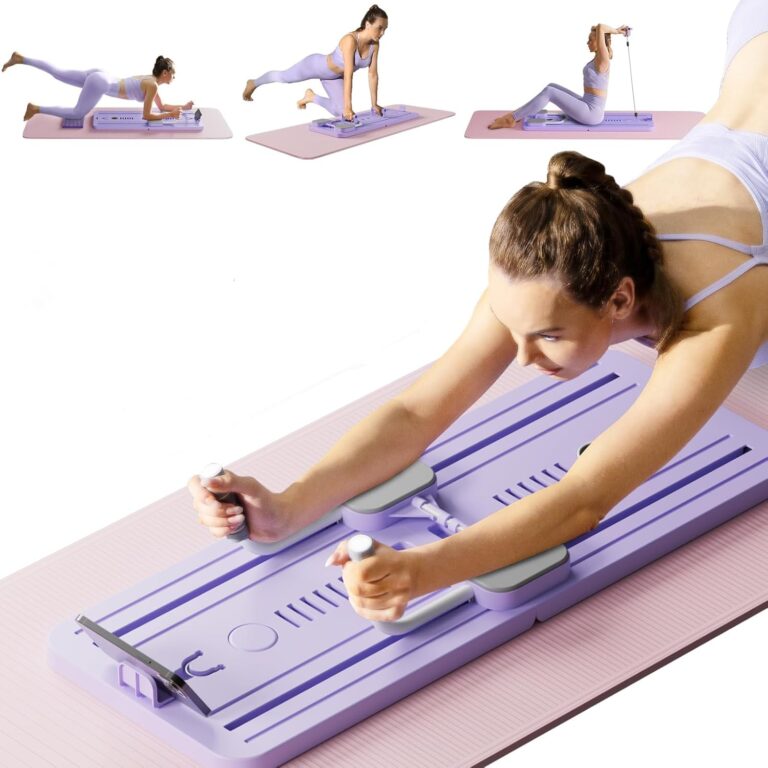What is a DIY Multi Zone Condenser?
A DIY multi zone condenser connects to multiple indoor air handlers, allowing different rooms to have individual temperature control. Unlike central HVAC systems, it does not require ductwork, making it an excellent option for homes of all sizes. This system lets you customize comfort in various areas without interfering with other zones. Families can set different temperatures in separate rooms, avoiding conflicts over thermostat settings.
These systems are highly energy-efficient and cost-effective. Unlike traditional HVAC units that cool the entire house, a multi zone system allows homeowners to cool only occupied rooms. This targeted cooling reduces power consumption and helps lower utility bills. If you have a large house, a multi zone system prevents unnecessary energy use in areas that are not in use.
Why Choose a DIY Multi Zone Condenser?
1. Lower Installation Costs
Professional HVAC installations can be expensive, often costing thousands in labor fees alone. A DIY system removes the need for professional installation, allowing you to save a significant amount of money. The best part is that most DIY models come with pre-charged refrigerant lines and detailed installation guides. Even if you have no prior HVAC experience, you can set up your system by following clear, step-by-step instructions.
2. Energy Efficiency
Traditional HVAC systems run on a single thermostat, cooling the entire home regardless of room occupancy. With a multi-zone system, you have full control over which areas receive cooling or heating. This means you can turn off unused zones, cutting down on unnecessary energy consumption. Over time, this targeted cooling approach leads to substantial savings on your electricity bill. Additionally, modern multi-zone systems use inverter technology, which further enhances efficiency by adjusting power usage based on demand.
3. Individual Room Control
Every indoor unit in a multi-zone condenser setup has its thermostat, offering complete temperature control. This means each family member can customize the climate in their room without affecting others. If someone prefers a cooler room while another likes it warmer, both can set their ideal temperatures. This feature is especially useful in multi-story homes, where different floors often have varying temperature needs.
4. No Ductwork Needed
Ducted HVAC systems are prone to air leaks, which can reduce efficiency and drive up energy costs. Ductless multi-zone condensers eliminate this problem by delivering air directly from the indoor units. Since there are no ducts involved, installation is much simpler, and there’s no need to worry about dust buildup inside ventilation pathways. Homeowners can also avoid costly duct maintenance and repairs, making this system a hassle-free solution.
5. Simple DIY Installation
Many modern DIY multi zone condensers are designed specifically for easy self-installation. These units come with quick-connect refrigerant lines, reducing the complexity of the setup. Installation guides provide detailed, step-by-step instructions, making it easy for even beginners to get their system running. Additionally, online tutorials and manufacturer support further simplify the process, ensuring that you won’t need professional assistance.
6. Heating and Cooling in One
Most multi-zone condensers provide both heating and cooling, making them a year-round solution. Whether it’s a hot summer day or a freezing winter night, this system keeps your home comfortable in any season. Unlike traditional heaters and air conditioners, which often require separate installations, a multi-zone condenser combines both functions in a single unit. This means you save money on extra equipment while enjoying a more streamlined system.
How to Install a DIY Multi Zone Condenser
Step 1: Select the Right System
Before purchasing a DIY multi zone condenser, determine how many rooms you need to cool or heat. Different units come with varying capacities, so selecting the right size is crucial for efficiency. Choosing a system that is too small will lead to poor performance, while an oversized unit will waste energy. If you’re unsure, refer to manufacturer recommendations or consult an expert for guidance.
Step 2: Choose the Best Location
Placing the condenser unit in the right spot is essential for optimal performance. Choose an area with good airflow, preferably on a stable surface to reduce vibrations. Avoid placing the outdoor unit near heat sources or areas prone to debris buildup, as this can affect its efficiency. Ensuring proper placement will help the system operate smoothly and prevent overheating or airflow blockages.
Step 3: Mount the Indoor Units
Each indoor handler should be installed at least six feet high to ensure proper air circulation. Avoid placing them near furniture, curtains, or anything that might obstruct airflow. The positioning of the units plays a key role in their efficiency, so take the time to choose the best locations. Proper installation ensures even cooling and prevents temperature fluctuations within the room.
Step 4: Connect the Refrigerant Lines
Most DIY systems come with pre-charged lines, which simplifies installation. Secure all connections tightly to prevent refrigerant leaks, which can reduce efficiency and damage the system. Double-check each fitting and follow the manufacturer’s instructions carefully to ensure a proper seal. A well-connected refrigerant line system ensures long-term performance and prevents costly repairs.
Step 5: Wire the Electrical Components
Since multi-zone condensers require a dedicated circuit, make sure the electrical connections are correctly installed. If you’re unfamiliar with electrical work, it’s best to consult a licensed electrician for safety reasons. Proper wiring prevents electrical hazards and ensures the system runs smoothly. Double-check all connections before turning the unit on to avoid power issues.
Step 6: Test the System
After installation, turn on the condenser and check if each indoor unit is working properly. Adjust the temperature settings and observe airflow from each air handler. If any unit isn’t cooling or heating properly, check the connections and ensure everything is securely installed. Testing ensures that the system is ready for everyday use without any operational issues.
Maintenance Tips for a Long-Lasting System
1. Clean Air Filters Regularly
Dust and dirt buildup can clog filters, reducing airflow and efficiency. Wash or replace filters every month to maintain optimal performance. A clean filter ensures better indoor air quality and prevents strain on the system.
2. Check Refrigerant Levels
Low refrigerant can cause inefficient cooling and heating. Monitor levels periodically and refill if needed to maintain peak performance. If you notice a drop in cooling efficiency, a refrigerant check might be necessary.
3. Inspect for Leaks
Leaks in refrigerant lines or water drainage pipes can affect system efficiency. Regularly check for signs of moisture or unusual drips around the indoor and outdoor units. Addressing leaks early prevents costly repairs and system failures.
Is a DIY Multi Zone Condenser Right for You?
If you’re comfortable with home improvement tasks, installing a DIY multi zone condenser is a great way to save money and customize your home’s climate. These systems provide energy savings, zoned temperature control, and a simple setup process. Whether you have a single-story home, a multi-level property, or a growing family with different temperature needs, this system is a smart investment.
Conclusion
A DIY multi zone condenser is a cost-effective and practical solution for personalized home cooling. With proper installation and maintenance, it ensures long-term comfort, efficiency, and savings. Homeowners can enjoy a climate-controlled environment without expensive professional installation.
Upgrade your home’s cooling with a DIY multi zone condenser from Mass HVAC Distributors. Enjoy flexible, energy-efficient climate control for every room. Shop now for the best deals!




